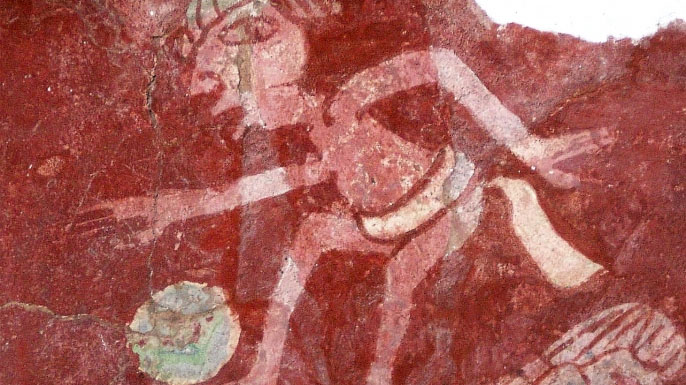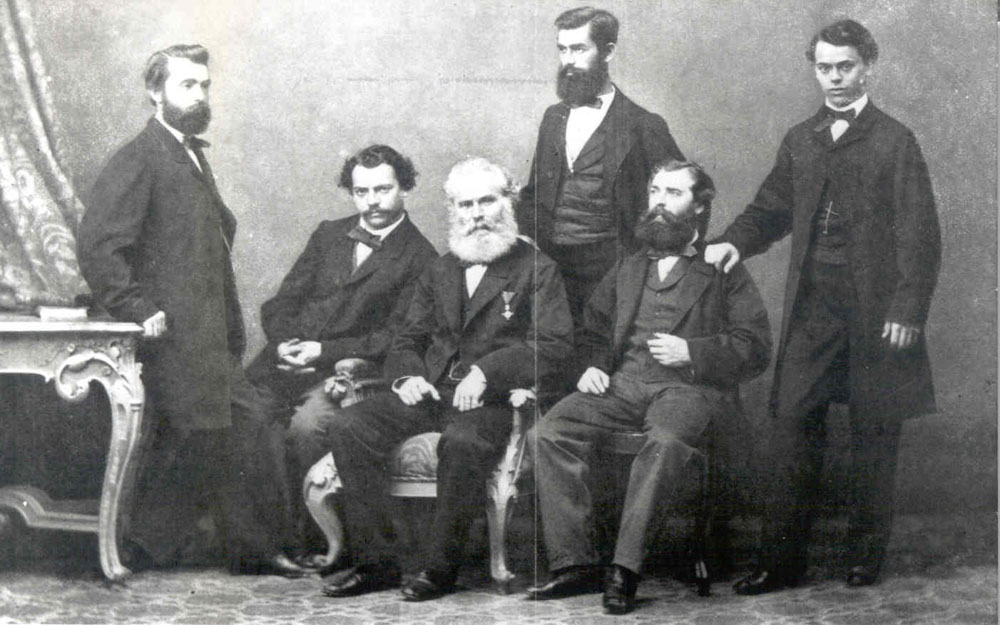History

From the Lascaux cave paintings (173,000 years old) to Sumerian carvings ( dated 3000 B.C.), evidence of sportsmanship has always existed. Crude drawings and carvings depict a range of sports activities from across the centuries, yet none are so far reaching as what is now known as tongue darting.
Tongue darting evolved from a beloved pastime, known around the world, to being officially considered a sport at the first Olympics (800 B.C.). Though professional competitions were introduced in Paris, France, in the early 19th century, tongue darting remained an outlier sport the Victorian era. It wasn’t until after WWI, with the growing middle class, that tongue darting aspired to respectability. Now, in the 21st century, tongue darting is not only an internationally acclaimed sport but a passionate professional career for many!

Local Parisian tongue-darting club, 1853
In addition to its lengthy and global history, the inclusive nature of tongue darting makes it a historical and groundbreaking sport: the first and only sport to never limit participation based on gender. Athletes with disabilities have been competing in this sport long before the para-olympics came into being, and – providing their tongue is willing – continue to be strong competitors.
Instructions for frenum training
The equipment required to play is inexpensive, a small amount of space is required to play and special clothing is not required. Age, gender, size and physical strength or endurance have almost no effect on a player’s ability to succeed. ITDA upholds the standard that exercise and practice determine competence, strength, and advantage, not biology.

Native American frenum training, 292 A.D.
The world circuit of professional tongue darting tournaments has developed steadily, with events now held in countries around the globe. Today, over 100 countries have officially recognized tongue darting organizations. Considering that a century ago officially recognized tongue darting hardly existed, the sport is now clearly flexing its muscles. The International Tongue Darting Association was founded in 1976 by representatives of 15 nations. The function of the ITDA is to encourage the sport of tongue darting amongst the different nations and to gain international recognition as a major sport.
